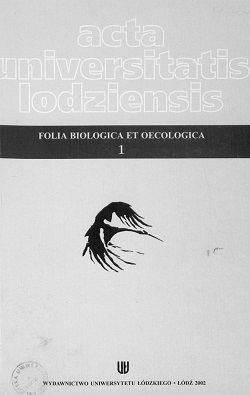Spatial protection of nature in the light of the threats of upcoming decades
DOI:
https://doi.org/10.18778/1730-2366.01.01Abstract
We live in a period of “global revolution” , when we have to start to act in a different way from models of the past millennia. The effects of overabundance of people and excessive consumption by some of them, such as: change of climate, pollution of the environment, destruction of biotopes, extinction of species etc., force us to modify the tasks and methods o f nature protection. It becomes urgent to treat equivalently active (manipulative) protection and traditional passive (preservational) conservation, as well as ex situ and in situ protection, although this attitude leads to various problems. Spatial protection requires counteraction against new threats based on novel concepts (such as e.g. minimal viable population, m etapopulational model etc.) and unifying the creation of a netw ork of protected areas with moderate exploitation of natural resources outside them. An adjustm ent of distribution, size and internal variation of protected areas to threats arising from predicted changes in natural conditions is required. The necessity of reintroducing new species and of reconstructing vanished biotopes has been justified, as well as the need to carry out nature protection on a landscape scale, also in areas which are exploited economically, but there is also a need to hinder the invasion of alien species. All this requires an equal treatment of nature protection tasks in the realisation of proecoiogical policy of the State.Downloads
Download data is not yet available.
Downloads
Published
2002-01-01
How to Cite
Tomiałojć, L. (2002). Spatial protection of nature in the light of the threats of upcoming decades. Acta Universitatis Lodziensis. Folia Biologica Et Oecologica, 1, 5–38. https://doi.org/10.18778/1730-2366.01.01
Issue
Section
Articles
License

This work is licensed under a Creative Commons Attribution-NonCommercial-NoDerivatives 4.0 International License.









